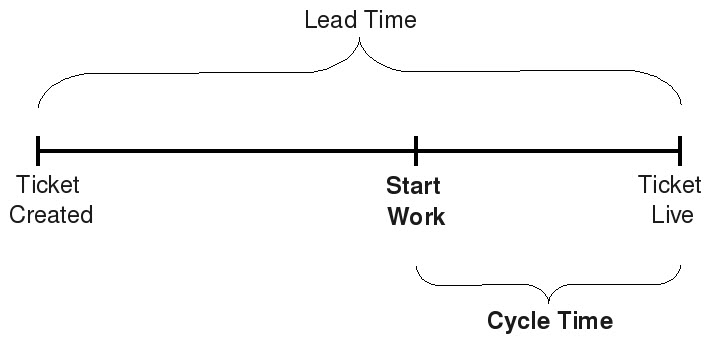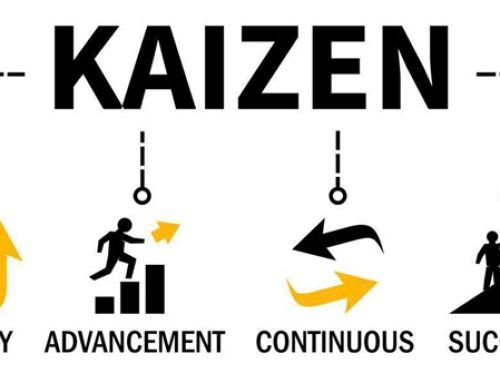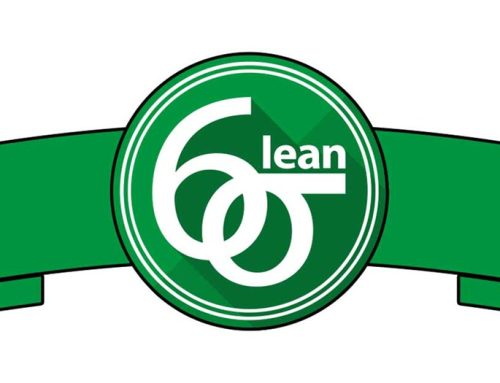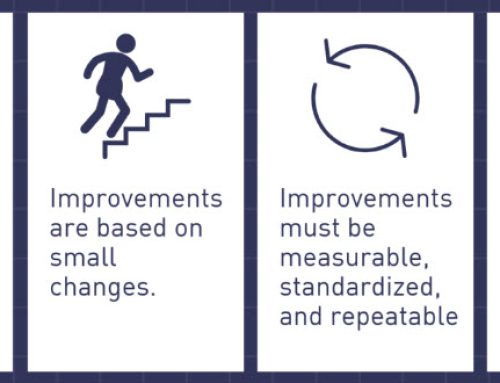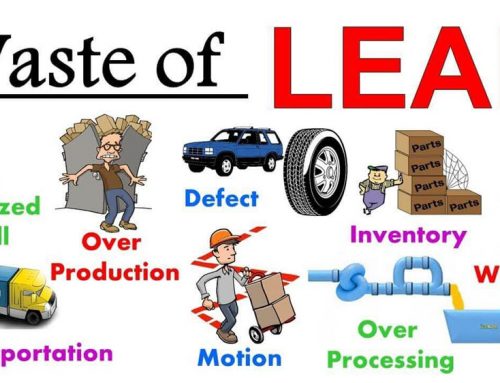As said by Henry Ford “Time waste differs from material waste in that there can be no salvage. The easiest of all wastes and the hardest to correct is the waste of time, because wasted time does not litter the floor like wasted material.” When we create an accurate, reliable and efficient system across all our production processes, then the clients can be ensured for having the right products at the right time that are of good quality.
Generally, in Lean and process improvement there are two metrics considered as important that are ‘Lead Time’ and ‘Cycle Time’. But, a lot of people fail to understand the difference and relationship between these two concepts. In actual fact, many people even use them in the same way. However, in this way there can be confusion in recognizing the real issues in a process, which can lead to ineffective decisions in process improvement.
Lead Time
Basically, Lead time is the time that starts from the instant when the demand is made by a client and located on a sheet to when everything on this item work is finished and the request has been delivered to the client. Therefore we can say that it’s the overall time in which the client is waiting for his requested item to be provided.
Cycle Time
On the other hand, Cycle time is the time actually spent by the team for working on this item except that amount of time spent waiting for the task on the board. For that reason, cycle time must be measured, when we can see the item task entering into the “working” column, not before than that. By means of tracking our finished items and the net production time (NPT), the allocated time can be measured to complete one cycle.
Let’s continue with the comparison of lead time vs cycle time.
Lead Time vs Cycle Time
When reviewing cycle time vs lead time, cycle time can be considered as a more power-driven measure for the process proficiency and lead time can be considered as what is seen by the client. Indeed, lead time hinges on cycle time; nevertheless it relies on our readiness to have a backlog, the tolerance by client, and his readiness for delivery as well. In case, the lead time exceeds from the cycle time than it means there are a great number of units in our stock. A different way to explain the difference is that cycle time measures the accomplishment speed and the lead time determines the arrival speed. For a producer, limited approaches are available that can influence lead time. One approach is pricing for managing the arrival speed, an additional approach is managing cycle time for finishing the work sooner or slower than the arrival rate. In order to decrease lead times the cycle time can and must be decreased. However, usually the time before the start of actual work is lengthy in reality so the waiting time must be decreased as well.
In addition to that, both of these concepts have different units. In order to measure Lead Time we use elapsed time for example hours or minutes. On the other hand, in order to measure Cycle Time we use the amount of time per unit for instance minutes/client or hours/piece. So in this way we cannot include one to, or deduct one from, another. In the whole process, both of these concepts are associated by Work-in-progress (WIP), in an association explained by the Little’s Law which are:
- Lead Time = Cycle Time * WIP
- Lead Time = WIP/Throughput
The above Cycle Time should be the procedure cycle time, which is established by the blockage. Without knowing the WIP we cannot use the cycle times of individual steps only in order to measure the process Lead Time.
Another difference of lead time vs cycle time is on an instance of a maintenance group and how they acquire bug reports and their strategy of the response period. They can describe their response periods by probing the lead time for the ticket processing. By means of analysing their capability they identify what response time they can commit with the client along with the resolution time. From all viewpoints of business, it’s obvious that the enhancement endeavours must be fixated on the Lead time. The reason behind that focus is that by only changing the process alone we can control the Cycle time. The customers observe just the Lead time as they hardly ever have access to the internal procedures.

